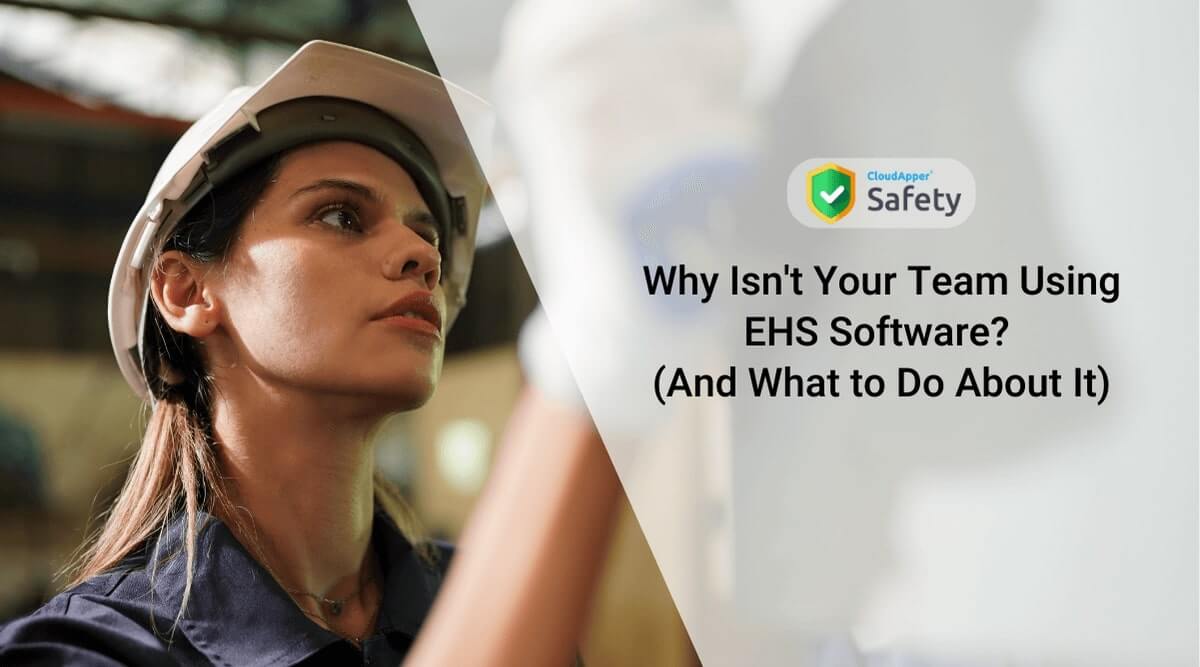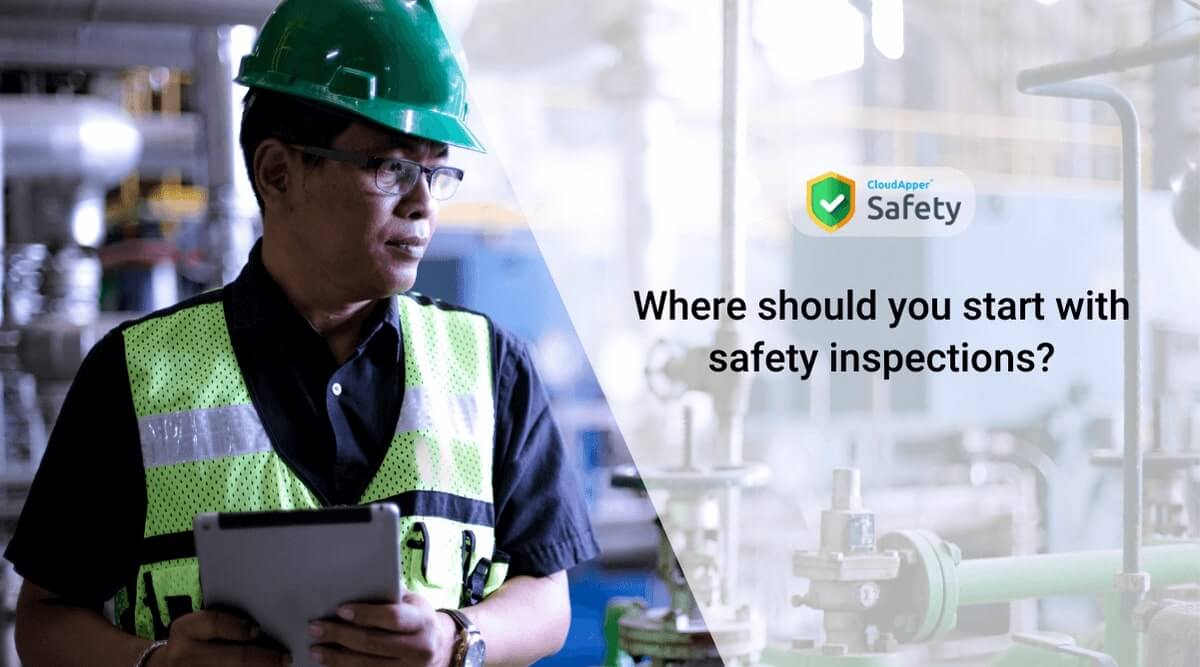Table of Contents
As an employer, it is your legal responsibility to prioritize workplace safety in order to protect both your employees and your financial assets. It will not only improve your workforce productivity and efficiency but will also save you from becoming a subject of hefty fines caused by an OSHA citation. Fortunately, there is a step by step methods for developing an effective workplace safety program. Here’s an easy formula for designing and implementing a workplace safety program:
Determine Your Needs
Safety training doesn’t negotiate all workplace hazards. In fact, some safety threats cannot be addressed with training. Your first task, then, is to determine the cause of your workplace safety issues. Training is the best solution when accidents can be traced to employees lacking knowledge of safety procedures and equipment usage. If accidents occur due to a physical flaw in the work environment, training is less likely to make a difference. Instead, alterations to the physical environment may solve your problem. Lack of motivation and employee attitudes can also contribute to accidents. To combat these issues, a shift in workplace culture is needed. Training can be part of that shift, but the larger issues causing your employees’ negative outlook will need to be addressed.
The Job Hazard Analysis
Training must accurately address the specific threats your employees face. A job hazard analysis is the best method of determining these threats and any gaps in employee knowledge related to specific tasks. Job hazard analysis documents every step in every task your employees complete, identifying all possible hazards at each step towards task completion. The resulting document or spreadsheet provides a valuable foundation for safety training, clearly showing where employees have safety issues or knowledge gaps – gaps you can prioritize in your safety training. Completing a job hazard analysis has another benefit, it introduces your employees to your new culture of safety. Involve workers in the process. Ask them questions, and listen to their safety concerns. Keeping employees motivated and interested is a vital part of any safety training program.
Developing Training Materials
How you present training materials – and indeed the form such training takes – depends on your workplace, your employees, and the type of safety issues you face. If you’re training a construction crew on the proper use of fall protection, your training materials must appeal to a large audience. Reviewing the proper steps for use of a highly specific piece of equipment, in contrast, may require one-on-one training. Who presents the training is also an issue. For relatively simple procedures, you or your company’s supervisors may be perfectly capable instructors. In other cases, outside instructors may be a better choice. No matter what type of material and presentation methods you choose, training should apply to specific jobs or circumstances, using lessons that mirror the step-by-step nature of the job process being reviewed. The best training includes opportunities to demonstrate and practice safety skills during and after training. Providing an overview at the end of training helps employees retain information.
Training Sessions
At this stage, you can schedule training sessions. Whether you run training in-house or hire outside consultants, be clear about the following facts:
- Your workplace has a zero-incident goal. Suggesting anything else leaves your workers with the belief you consider some accidents (and the pain they cause) “acceptable losses”.
- Safety is everyone’s concern. The more you get employees involved in the process, the more likely training will translate into a safer worksite.
- Employees are as responsible for safety as management. For instance, your responsibilities may include purchasing personal protective equipment and training employees in their use. It is the responsibility of the individual employee to wear that protection.
As noted above, present information in an organized manner clearly related to employee tasks. When possible, provide real-life examples. Encourage discussion and participation during and after training, and follow up in the coming days to reinforce new skills and information.
Evaluate Your Results
Determining how effective training was can be accomplished in a number of ways. In the day following training sessions, ask employees for feedback, either through discussions or a short survey. Periodically check in with supervisors and ask if employee behavior changed after training. Supervisors are often the first to notice any positive outcome. The ultimate test of training success, however, can be found in long-term safety data. If incident rates or “near miss” reports dropping, your training has been successful.
Continuous Improvement
Whether or not your initial training resulted in positive change, you’ll need to update and change your training program in response to new developments. Safety is not static – new employees, changes in equipment, and other variables can change how and when you train. Revisit your safety program often. Was the training effective? Could you improve the program with changes to presentations or teaching techniques? Return to your job hazard analysis and look for gaps in the training, filling them in as you discover them. Your safety program will change over time, but once you have one in place, it’s only a matter of fine-tuning the process. A culture of safety doesn’t develop overnight, but with careful analysis, employee involvement, and a goal to prevent problems before they happen, you can keep your workplace as accident-free as possible.
The success of a workplace safety program largely depends on how employees at all levels adhere to it. So focus on helping your workforce adopt it and your businesses can simultaneously ensure the safety of important assets and enjoy long-term business success.
Are you using Safety Assure?
Safety Assure helps companies establish a safer workplace without the administrative burden. Our easy-to-use mobile app for OSHA recordkeeping for injury and illness enables your employees to log incidents, accidents, near misses, and observations with ease and wherever these events are noticed.
What is CloudApper AI Platform?
CloudApper AI is an advanced platform that enables organizations to integrate AI into their existing enterprise systems effortlessly, without the need for technical expertise, costly development, or upgrading the underlying infrastructure. By transforming legacy systems into AI-capable solutions, CloudApper allows companies to harness the power of Generative AI quickly and efficiently. This approach has been successfully implemented with leading systems like UKG, Workday, Oracle, Paradox, Amazon AWS Bedrock and can be applied across various industries, helping businesses enhance productivity, automate processes, and gain deeper insights without the usual complexities. With CloudApper AI, you can start experiencing the transformative benefits of AI today. Learn More


















